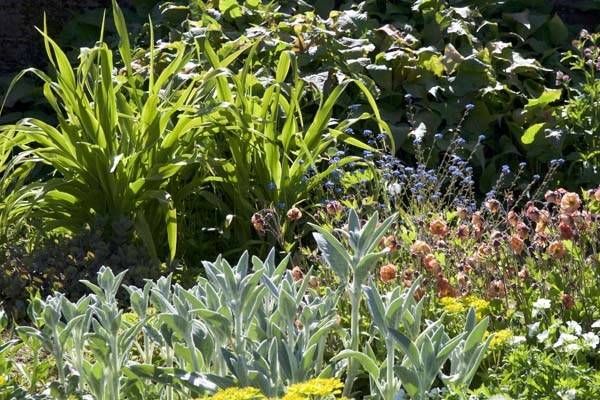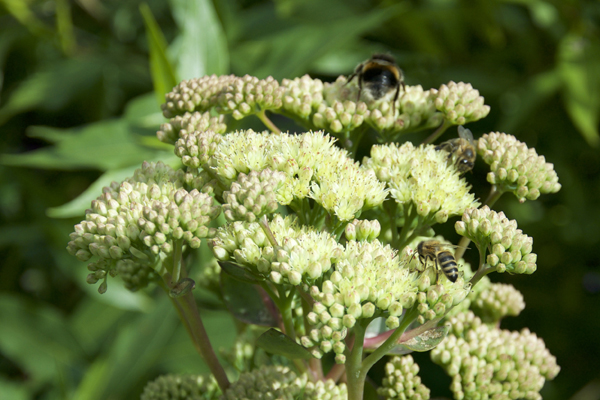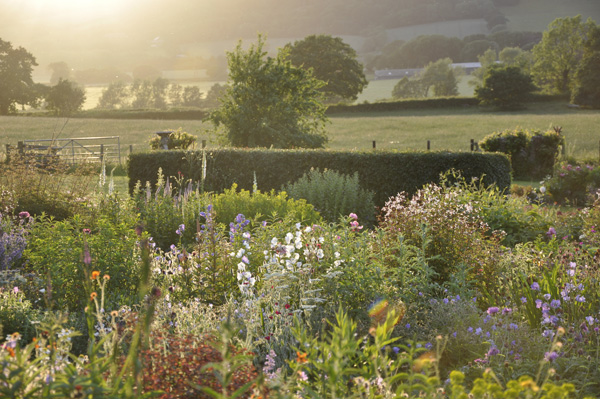Siberian irises
Siberian irises come from the specie iris Iris sibirica and produce some of the most delicate flowers of all the large and varied iris family. Although they will grow anywhere, they are ideal for gardeners who have a wet or acidic soil where bearded irises tend to rot off and fail to grow.




Iris 'Hote Warte', Iris 'Silver Edge', Iris 'Miss Apple', Iris 'Golden Edge'
What Are Sibirica Or Siberian Irises
The Flowers Of Siberian Irises
They flower around the same time as bearded irises but the blooms are smaller. Some have delicate slim petals, more modern varieties have petals that are thicker and flare outwards. Often these produce more flowers than older hybrids and last longer. When it comes to flower colour, this is less diverse than Bearded Irises with shades of white, lilac and blue with a lot of yellow varieties becoming available. The blooms are carried on stiff, slender stems above the leaves creating a graceful plant.
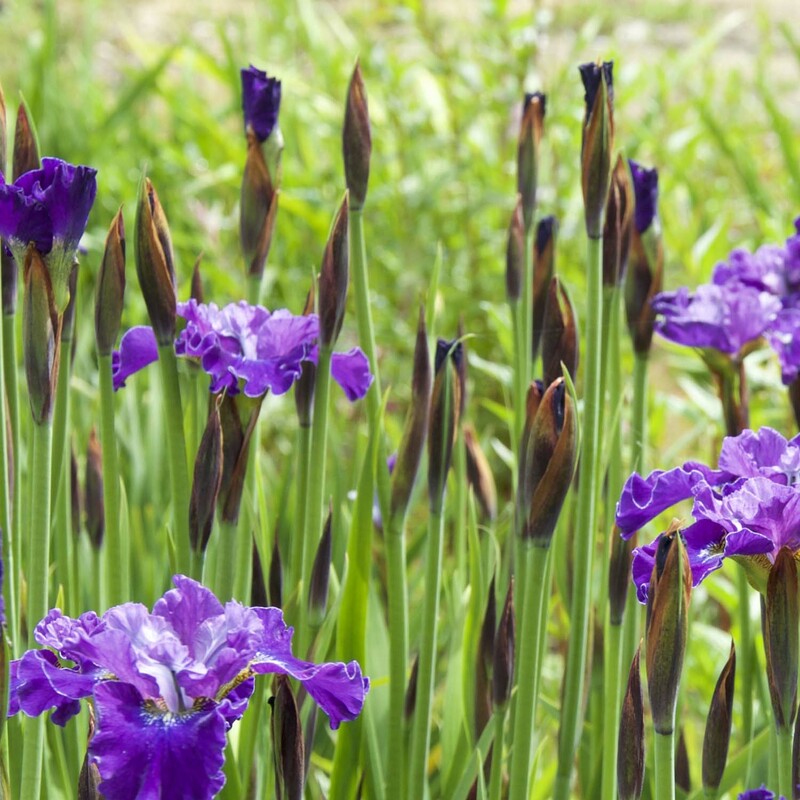
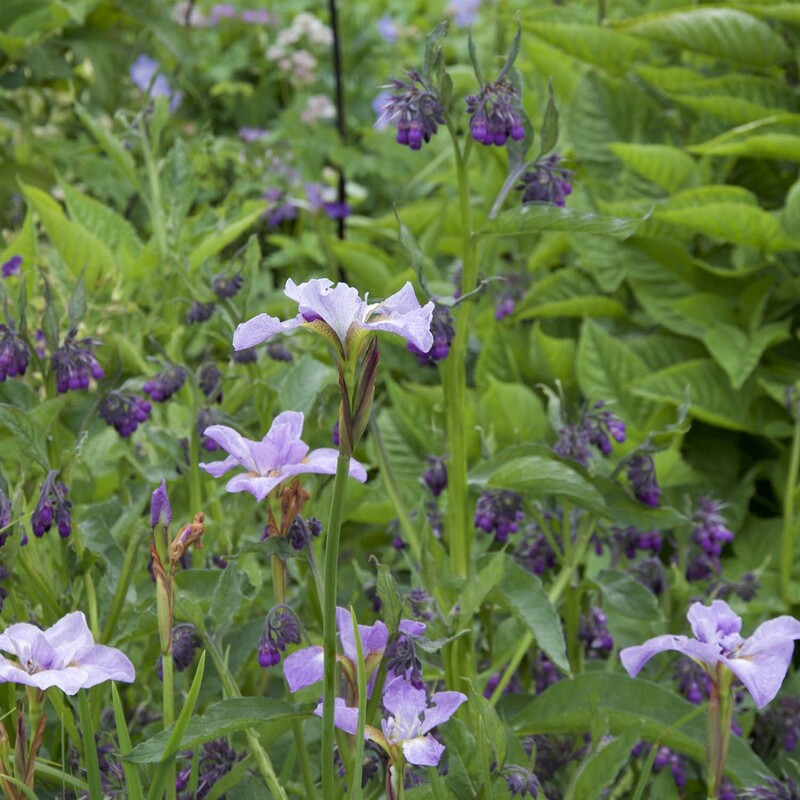

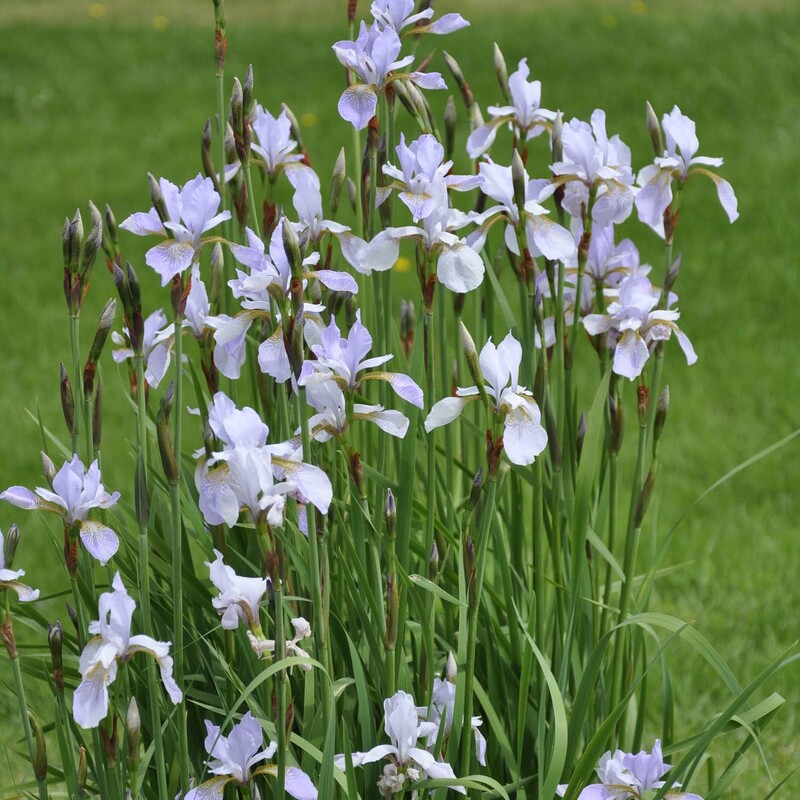
'Sibtosa Ruffles' with dark flower buds, 'Lavender Landscape' and Symphytum officinalis, 'Salamander Crossing' in the border and the long stems of Iris 'Mrs Rowe'
The Leaves Of Siberian Irises
Sibirica, or siberian irises as they are often called, have slender leaves, which can form a very upright clump. Some varieties have thicker leaves that might arch out slightly, but generally, like all irises, the foliage is well behaved.
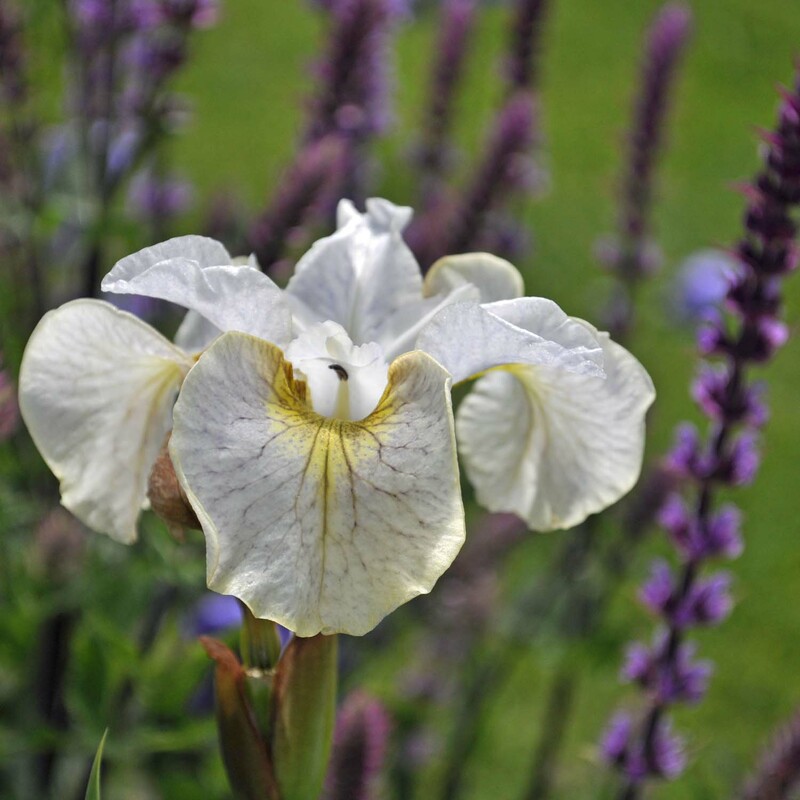



Iris 'Fond Kiss', Iris 'Snow Prince', Iris 'Berlin Ruffles', Iris 'White Swirl'
Where Do Siberian Irises Grow
These are very tough plants thriving in almost any condition from sand to thick clay soils. In lighter, less moist soils they may take a while to establish, and need frequent watering to start with.
What To Grow With Siberian Irises
Because most Siberian irises are robust they can be combined in borders with many other perennial plants. As they prefer moist soil, plants that like a moist soil make ideal companions. The rhizomes, from which the roots grow, at the base of the plant.
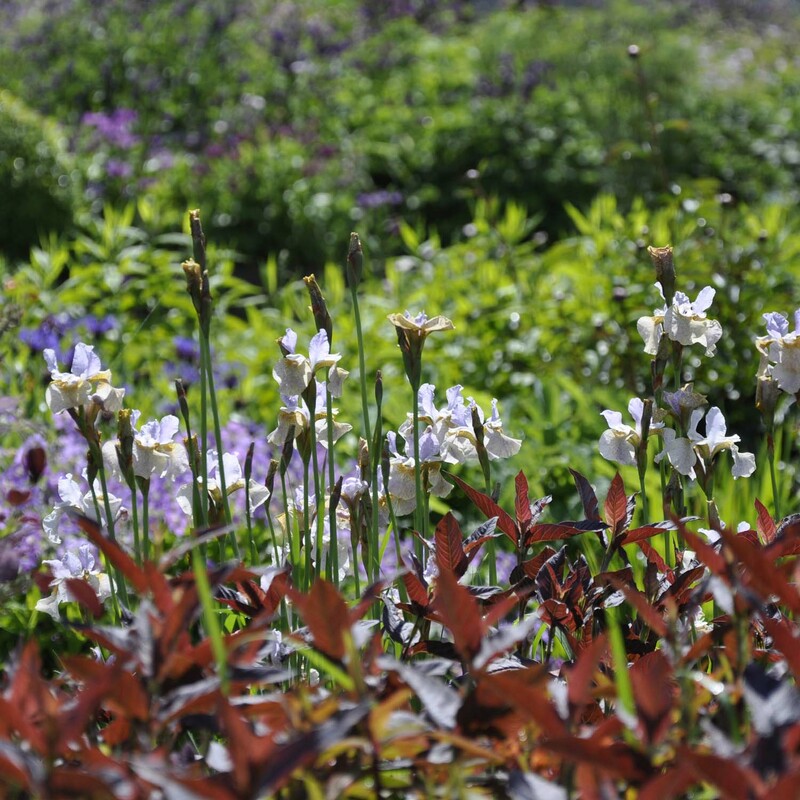
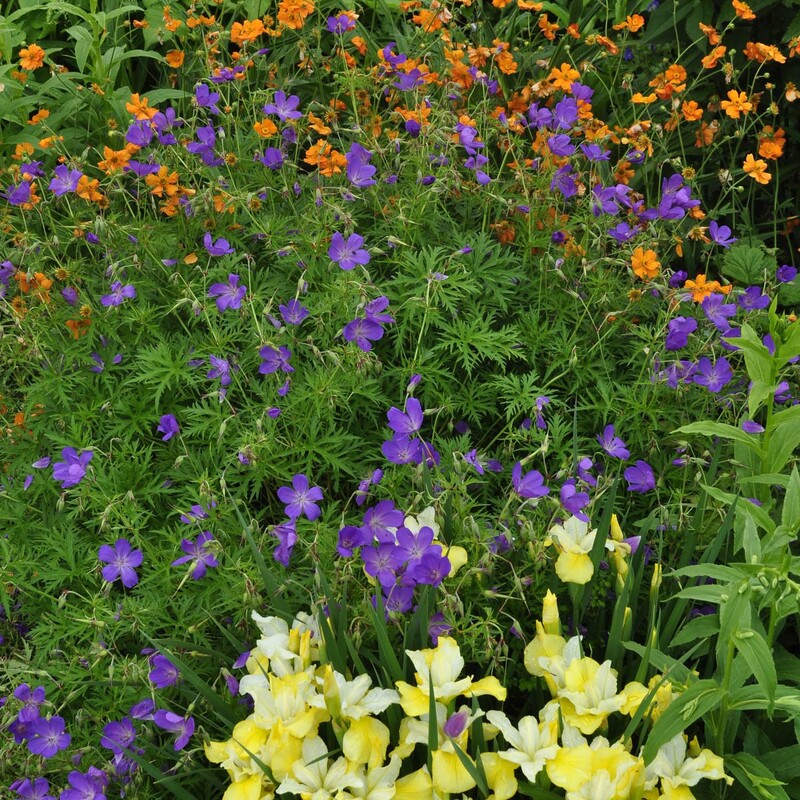
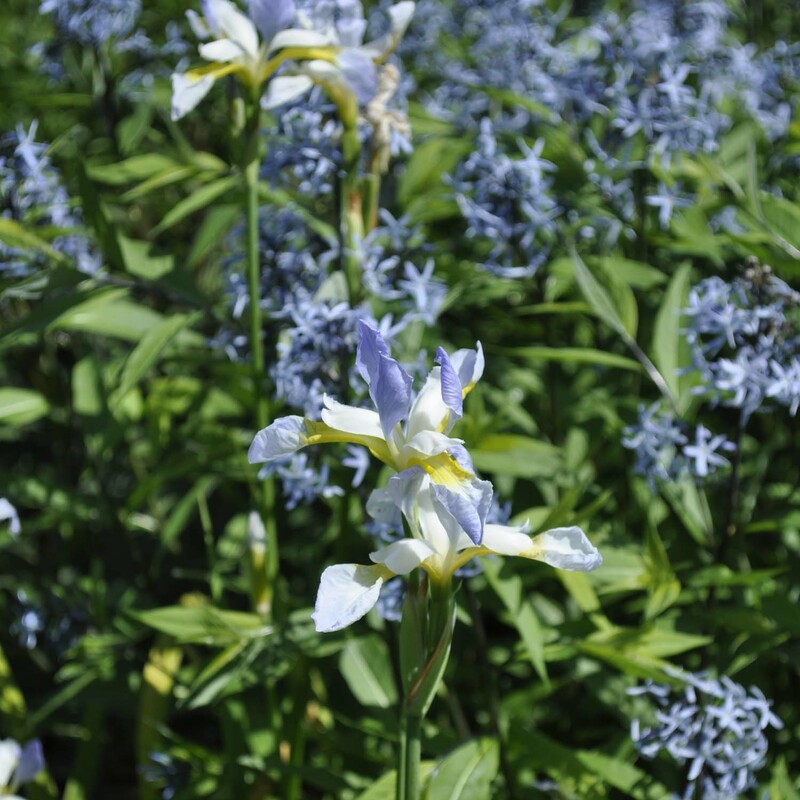
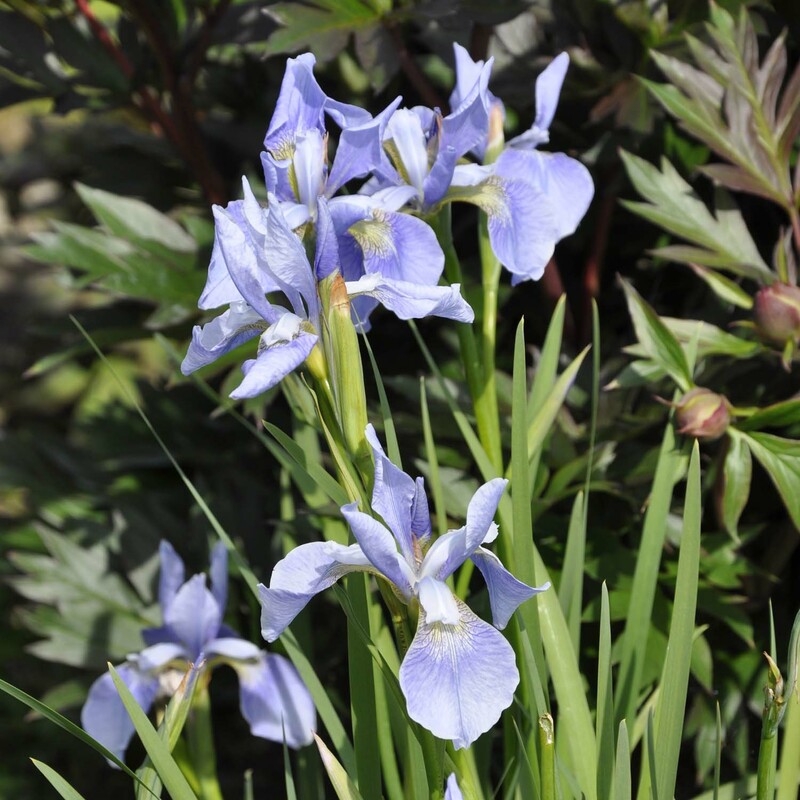
'Salamander Crossing' with Lysimachia ciliata 'Firecracker', 'Kiss The Girl' with Hardy geranium and Geum 'Prinses Juliana', 'Summer Sky' with Amsonia, 'Soft Blue'
How To Care For Siberian Irises
Unlike Bearded irises, Siberian irises do not need to be regularly divided. The rhizomes are much smaller and therefore don't clamber over each other unlike the large rhizomes of Bearded irises, which over a three or four years will sap the soil of nutrients. Remove the leaves that die back in autumn at any time before the new leaf shoots emerge in spring.
